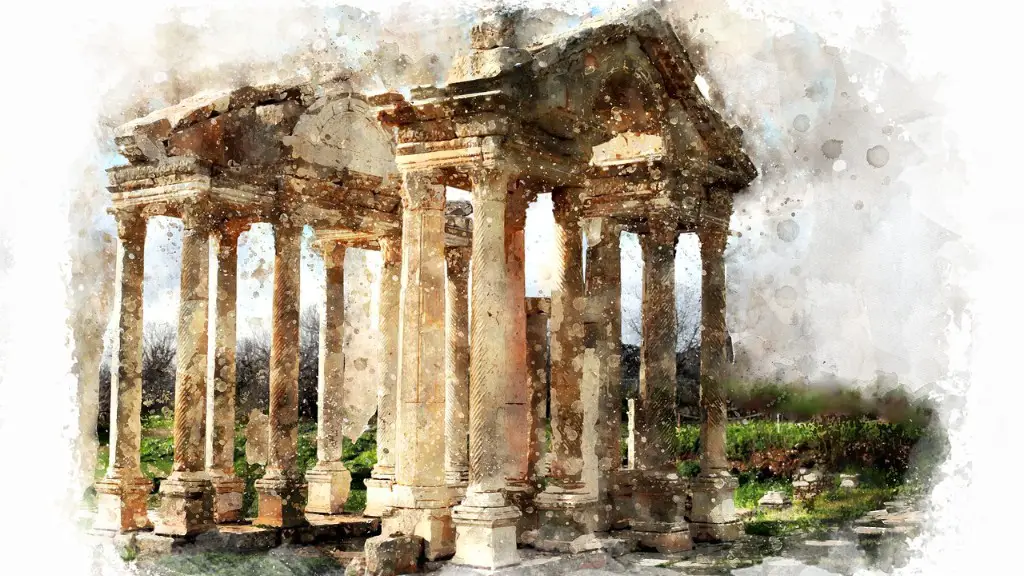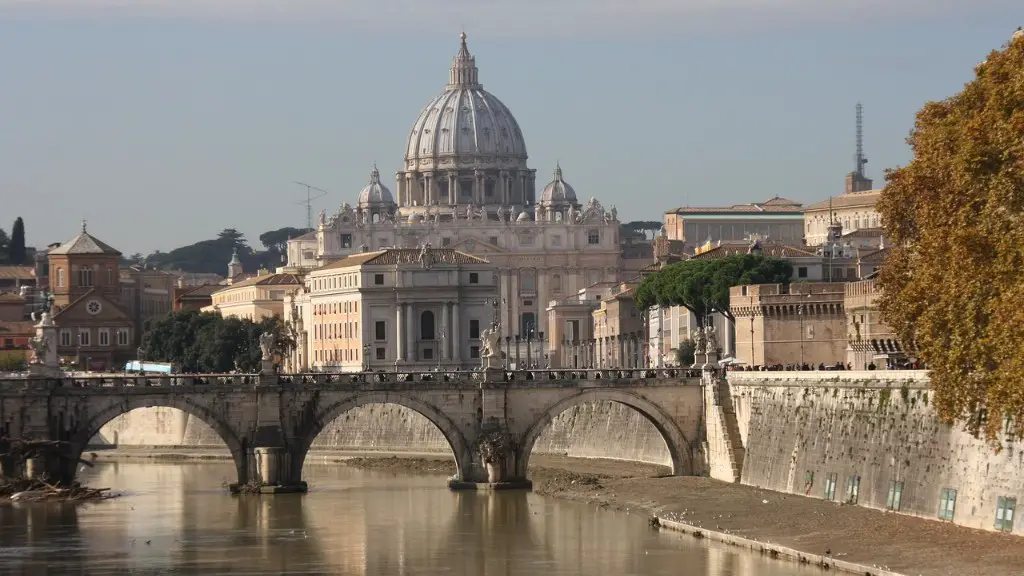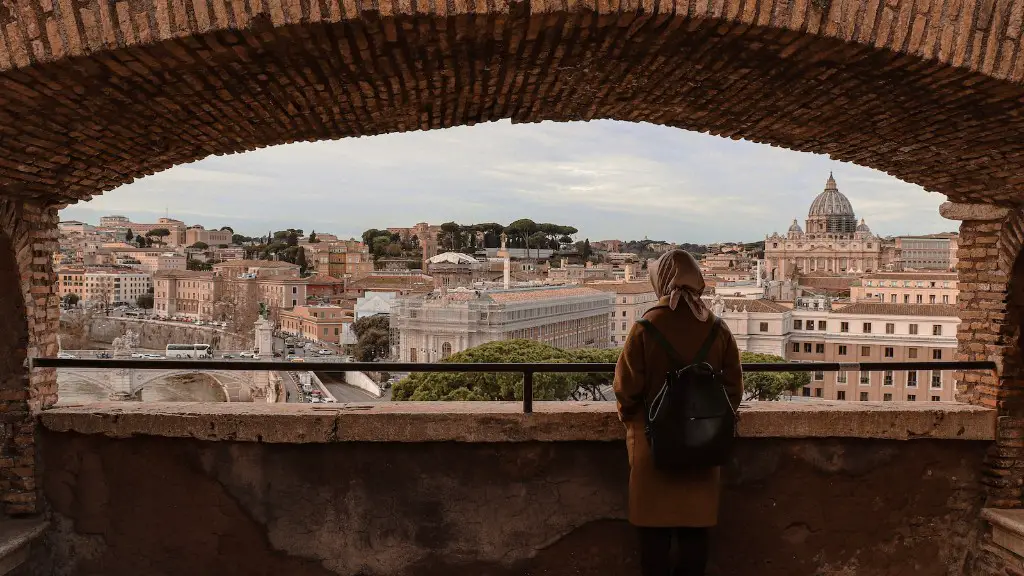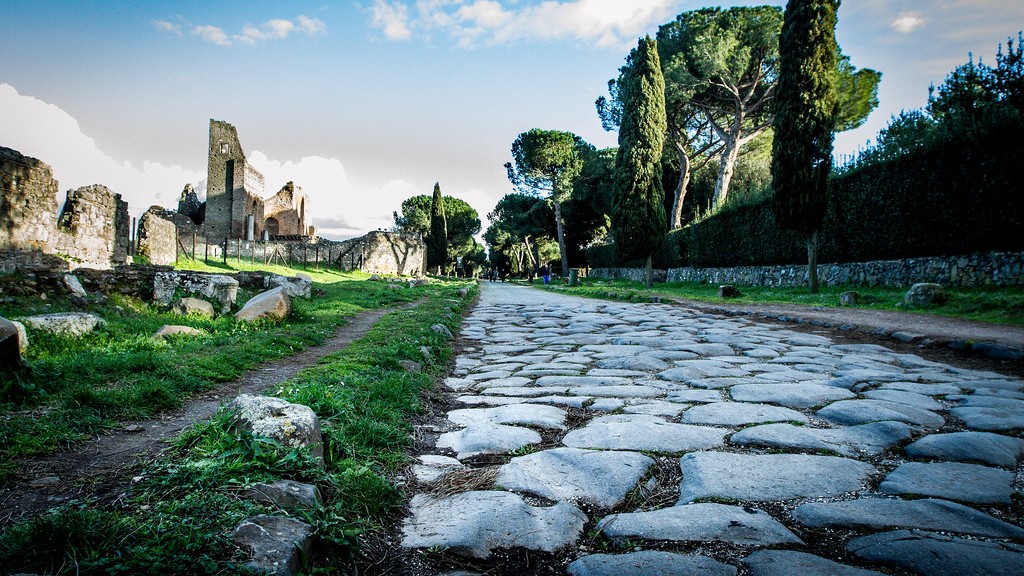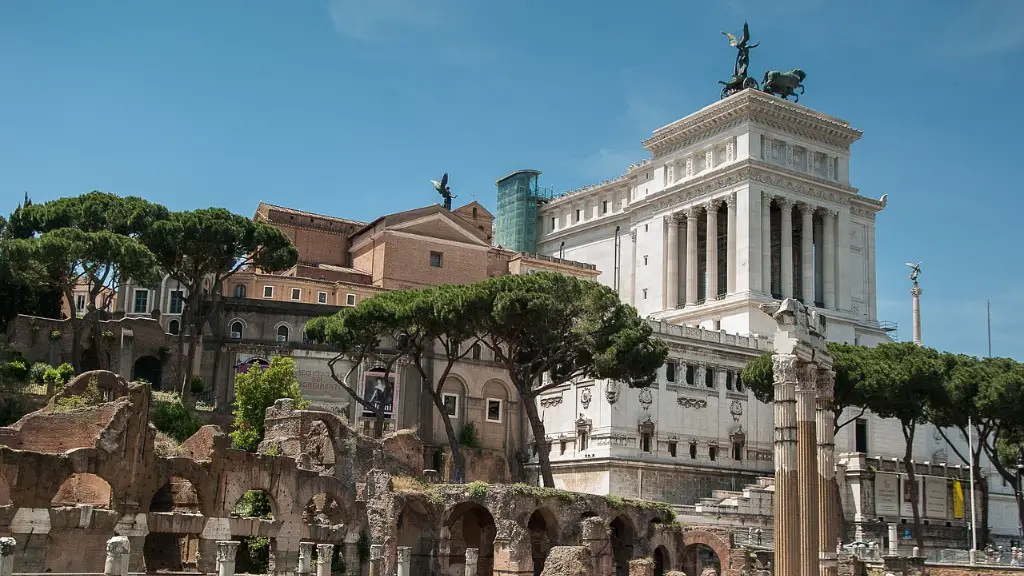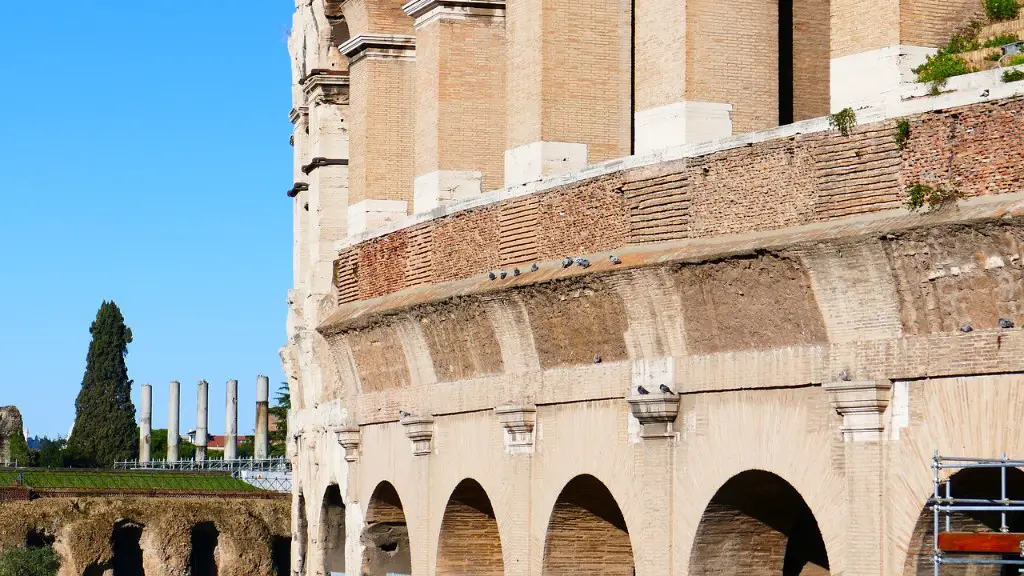Concrete was first used by the ancient Romans to build structures like the Pantheon and the Colosseum. The Roman architect and engineer Vitruvius wrote one of the first treatises on concrete, stating that it was a mixture of lime, sand, and water that could be hardened into a strong material. Roman concrete was stronger than the concrete made today, due to the inclusion of volcanic ash in the mix. This made it both more durable and less likely to crack.
There are a few ways that concrete was used in ancient Rome. One way was to build huge walls and structures. The Colosseum is one example of a construction made mostly of concrete. Another way concrete was used was to create decorative elements like sculptures.
When was concrete used in ancient Rome?
The ancient Romans were not the first to create concrete, but they were the first to use it extensively in their construction. By 200 BC, the Romans had successfully implemented the use of concrete in most of their construction. They used a mixture of volcanic ash, lime, and seawater to form the mix.
Roman concrete was a type of concrete used in construction projects in Rome from about 200 BCE to 300 CE. It consisted of a mixture of a white powder known as slaked lime, small particles and rock fragments called tephra ejected by volcanic eruptions, and water.
Why was concrete a useful material for Romans
The development of concrete to form the structural core of buildings was one of the most important innovations in Roman architecture. Concrete is easier and quicker to use than cut stone, and its raw materials are cheap and easy to transport. This made it possible for the Romans to construct large, impressive buildings quickly and cheaply.
In the early 2000s, a very rare hydrothermal mineral called aluminum tobermorite (Al-tobermorite) was found in the concrete of a decommissioned nuclear power plant in France. This mineral is long known to give Roman concrete its strength, but it is very difficult to incorporate it in concrete.
How did Roman concrete last so long?
The researchers from MIT believe that the secret to Roman concrete’s success is the presence of small white chunks called lime clasts. These lime clasts originate from lime, which is found ubiquitously throughout Roman concrete but not in modern day concrete. The researchers believe that the lime clasts help to bind the concrete together, making it stronger and more durable.
Concrete was the Roman Empire’s construction material of choice. It was used in monuments such as the Pantheon in Rome as well as in wharves, breakwaters and other harbor structures. Concrete is a durable and versatile material that can be used in a variety of construction projects.
What was the secret to Roman concrete?
The research team found that the ancient Romans made their concrete with quicklime, which is lime in its pure state, rather than the more typical slaked lime, and that this gave it “self-healing” properties.
The Roman Empire was one of the most powerful empires in the world for centuries. The Roman cement industry was very advanced and produced many different types of cement. The most common type of cement was made from lime, sand, and water. Other ingredients that were sometimes added to Roman cement include animal fat, milk, and blood. Roman cement was used in many different applications, including the construction of roads, buildings, and aqueducts.
How was Roman concrete better
The research team discovered that while modern concrete is made to be inert, the Roman version interacts with the environment. When seawater interacts with the mixture, it forms rare minerals aluminous tobermorite and phillipsite which are believed to strengthen the material.
Concrete has many advantages, but one major drawback is its appearance. Once the wooden formwork is removed, it shows an ugly surface. In the beginning, it was mostly used for substructures where no one would see it.
How did Romans make concrete more waterproof?
Concrete is a material that is extremely strong and durable. However, it is also susceptible to damage from seawater. In order to prevent this, Roman engineers developed a special mix of concrete that included volcanic ash, seawater, and lime. This mixture created a chemical reaction that increased the cohesion of the concrete, even after it had technically set. This “pozzolanic reaction” caused crystals to form in the gaps of the concrete, which helped to strengthen it and make it more resistant to damage.
Opus caementicium is a type of concrete that was used by the ancient Romans. This concrete is different than modern concrete because it is made with hydraulic cement, which allows it to set underwater or in wet conditions. This type of concrete was useful for the construction of buildings and other structures that needed to be water-resistant.
Why don t we use Roman concrete today
The ancient Romans were undoubtedly skilled engineers, but their concrete was not as reliable as modern concrete. This is because they did not follow a set formula and did not test the material’s performance. As a result, the strength of a block of Roman concrete depended on chance, and was often inferior to modern concrete.
When early 20th-century engineers designed reinforced concrete structures, they assumed that these buildings would last for hundreds of years. However, it has since been revealed that the lifespan of reinforced concrete structures is actually much shorter, typically lasting only 50-100 years. In some cases, these structures may not even last that long. This revelation has led to a great deal of research into ways to extend the lifespan of reinforced concrete structures.
Does concrete take 100 years to cure?
Curing (chemistry) is the process of bringing a material to its final form and stability after it has been synthesized or extracted. It is a chemical process that involves the use of a curing agent to convert the material into its desired form. The curing process is often used in the manufacturing of concrete, rubber, and plastics.
Roman concrete structures have lasted for so long due to a number of reasons. One of the main reasons is that there are no tensile stresses in the concrete, and thus no need for reinforcement. Another reason is that the concrete is very dense and compact, which makes it resistant to weathering and erosion.
Conclusion
Concrete was used extensively by the ancient Romans. It was used in public works such as the construction of roads, bridges, and aqueducts, as well as in private homes and villas. The Roman writer Vitruvius described in detail the methods used in making Roman concrete, which was a mixture of lime, sand, and stones.
Given that the Colosseum is one of the most enduring symbols of Ancient Rome, it is fitting that this structure was built almost entirely out of concrete. The huge amphitheater was constructed between 70 and 80 AD, and could seat up to 80,000 spectators. The Roman architects and engineers who designed and built the Colosseum used a type of concrete that was much lighter and more durable than the concrete used in earlier buildings. This new concrete was made from a mixture of lime, sand, water, and volcanic ash. The volcanic ash acted as an aggregate, or filler, to give the concrete extra strength.
